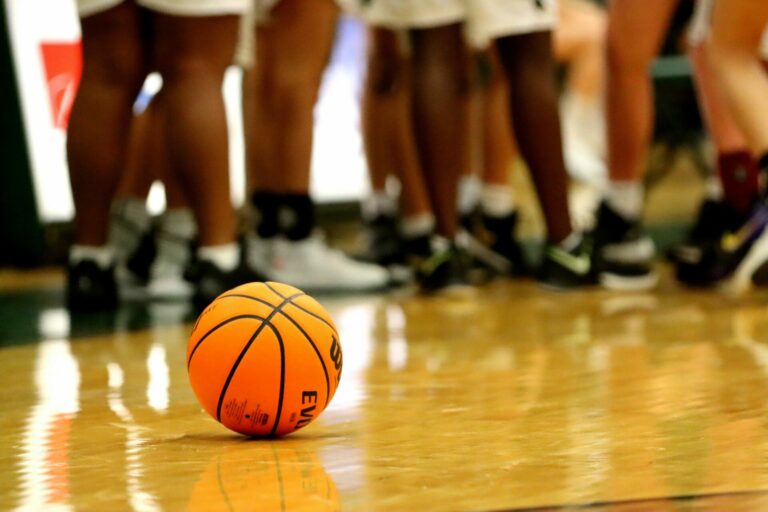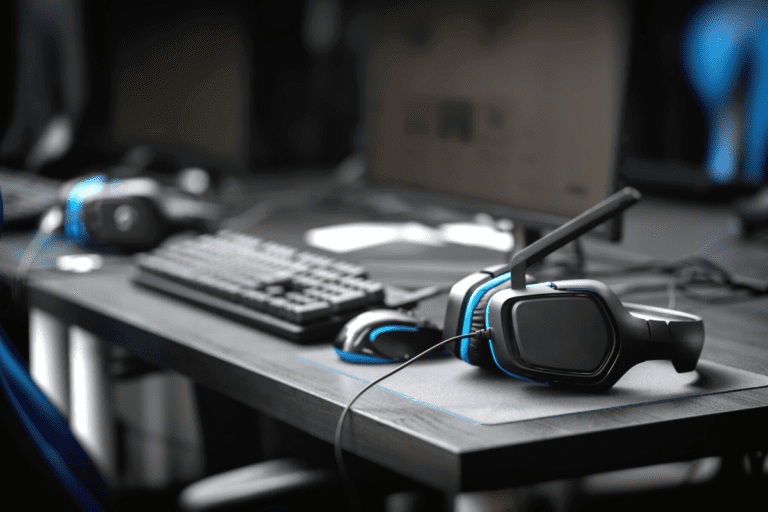How Personal Branding Before Social Media Can Help Students Develop
- Despite social media’s prominence, not many people know how to effectively use it in a positive way — especially young students.
- Understanding one’s own values, goals, and how to achieve those goals, is key to not only branding, but growth as a person as well.
- Goals and values evolve over time, but students who understand how to define them will still find success.
Part of being a successful leader is building valuable relationships, and providing meaningful learning opportunities. Opinions on social media and its role in the world are mixed but, for better or worse, more and more athletes are focused on growing their brand as they are their in-game performance, which presents an opportunity for leaders to teach a valuable lesson.
As the president and CEO of Triple Threat Leadership, Dr. Scott Grant is finding ways for coaches and program leaders to help their students grow into confident and capable adults through the lens of social media and personal branding.
Listen to our interview with Dr. Scott Grant on The Leading Edge Podcast below.
Below are five steps that leaders everywhere can use to help their students navigate social media and learn more about themselves in the process.
Identify Your Personal Brand
With years of educational experience on his resume, Dr. Grant has pondered the social media issue constantly. Trying to figure out how to best help his students led Dr. Grant to, in his words, “really be the positive personal branding social media guy.”
“My students at the time were having massive issues with social media. I just started realizing, we would come back from these presentations and the students would go, ‘well they told us like what not to do, and if we do this we’re gonna go to jail blah blah blah.’ And they said, ‘So what are we supposed to do?’ And I’m like yeah, no one’s teaching you this thing.”
After this realization, Dr. Grant created an approach that revolves around, “Helping people start to understand how to view the world and the impact that they want to have, using branding as that main focus.” In Dr. Grant’s eyes, a student’s “brand” is tied to their values and goals. Knowing this, he shaped his process to help students identify their goals.
“I try to teach people, ‘let’s start to identify who you wanna be.’ What do you want the experience on the other side of you to be, and then how are you going to activate that? How are you going to bring that to life every single day and really get into the weeds of like what does that look like?”
At such a young age, students typically don’t think about these things, which leads to social media missteps, and a lack of development. Having a clear goal and actionable steps towards it will keep students motivated and focused on growing.
Make a Personal Branding Plan
Dr. Grant says, “If I ask you what the purpose for using social media is, you need to be able to tell me. If I ask you what your plan is on what you’re gonna post, how often you’re gonna post, you need to be able to tell me. If I ask what’s the value that you provide to yourself and other people, there needs to be something that you can write down.”
At this point in their lives, students generally have not answered the questions of who they want to be and what they truly care about. By making them actively think about these questions will get the gears turning and benefit them down the road more than just general warnings about, “being stupid and getting into trouble,” as Dr. Grant notes.
Genuinely motivating students requires a different approach to leadership — a more meaningful reason than a “carrot on a stick.”
Be Present for Students
Students will still need leaders to turn to to help them answer these questions. Like his students, Dr. Grant has three questions that he turns to in order to gauge his own leadership.
“I think, in general, people that are in leadership capacities and make the biggest impact truly have a service [mindset]. How are we helping evolve our people? How are we getting people better? How am I supporting the people?”
Actively checking in with your students as they define who they want to be will help everyone involved. The student gets an adult’s insight into a question that they don’t have enough life experience to easily answer, and the leader learns what their students may or may not respond to, and can adjust their leadership views as such
Taking Action
Through Triple Threat Leadership’s “Branding of ME” course, Dr. Grant walks students through his “D2A2” process: Dream, develop, activate, amplify. Dr. Grant’s D2A2 process features several activities for students to complete that aim to help students become mindful and purposeful when using social media, even if their goals and values change.
“If they walk into using social media the way that they’re interacting with people, it’s now at the front of their brain like, ‘okay this is who I want to be,’” says Dr. Grant. “What I’ve found is that kids love going through these activities because at the very end, they literally have created a framework for who they want to be, how they want to present that, and what it’s going to look like.”
The D2A2 process features activities that encourage self-reflection and teach students how to navigate different scenarios that may set them back on their journey.
Stay Consistent
Like with any other habit, mastering these tips will require consistent and thoughtful practice. Driving his point home, Dr. Grant says, “it’s like novocaine—give it a little bit [of time], it’ll work,” quoting Denzel Washington as Herman Boone from Remember the Titans.
Modeling consistent energy and passion in challenging work of self-reflection and exploring personal values is what helps students persevere through any frustrations they may face not just in this process, but in any aspect of their lives.
While one can argue the importance of personal branding for students, ultimately it’s about defining one’s own values and who you would like to be, and actively working towards these ideals. By helping students answer just a few questions, leaders everywhere can prepare their students for social media success.











